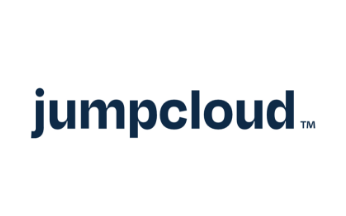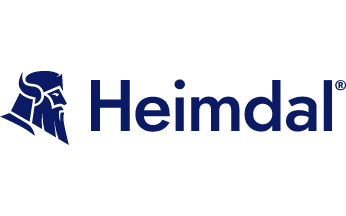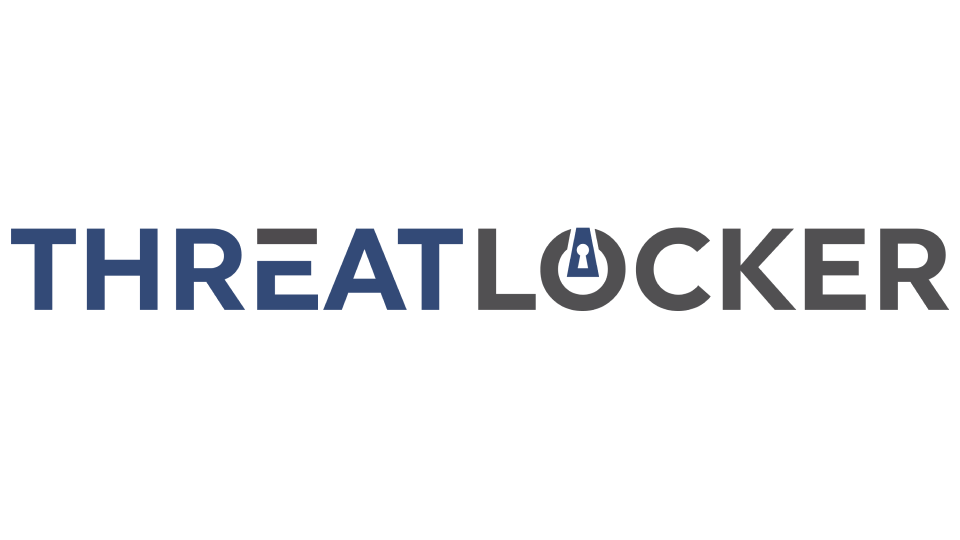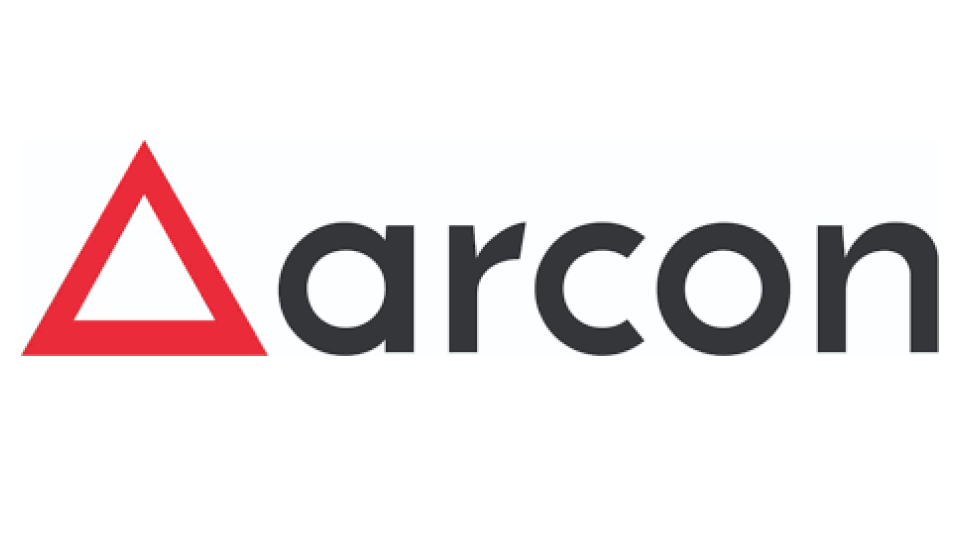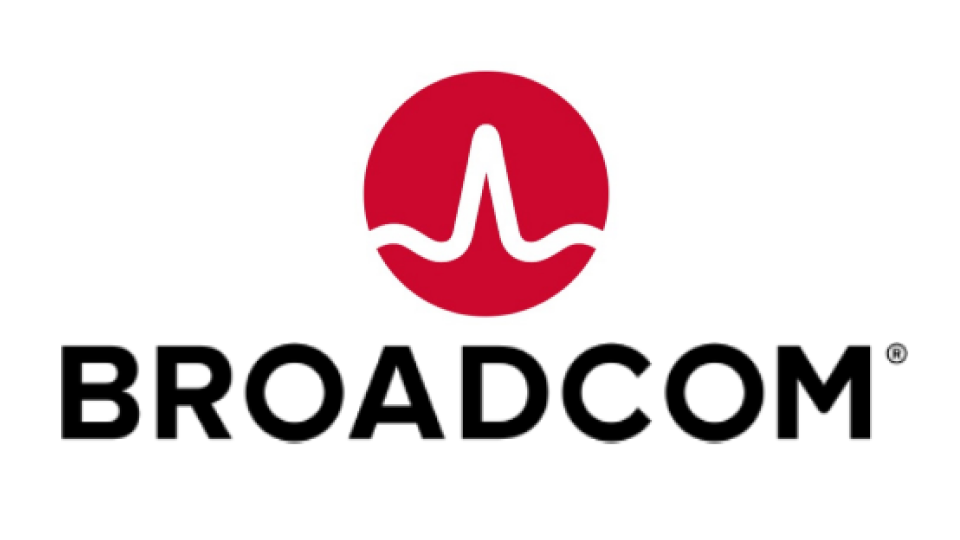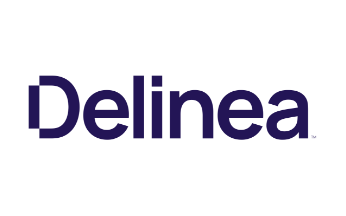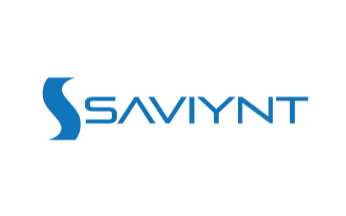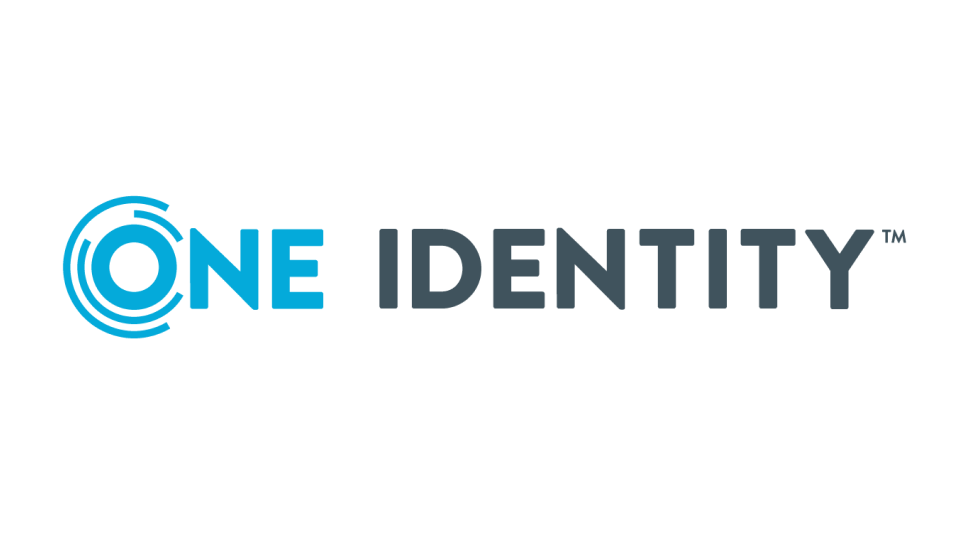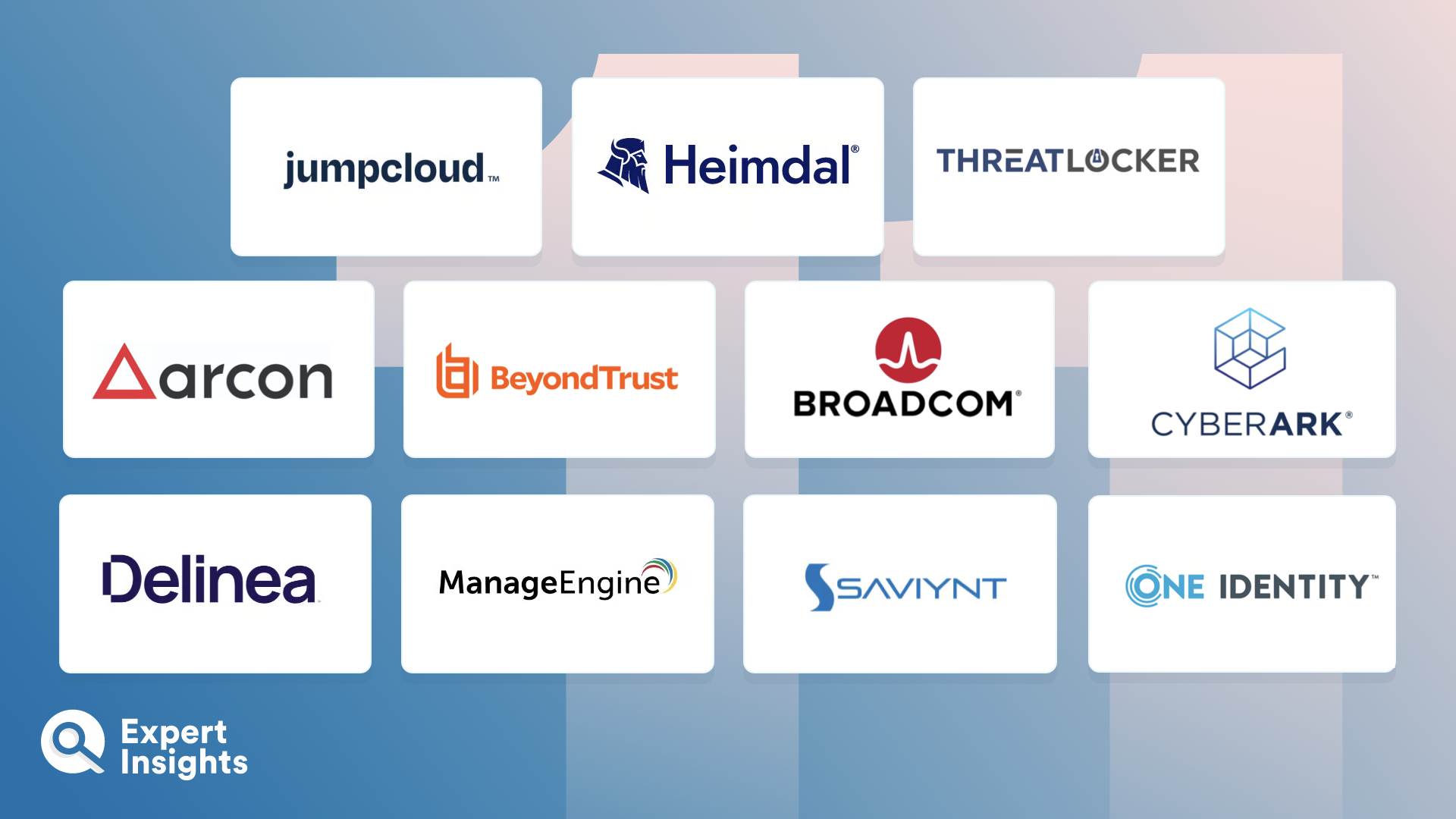Other Solutions to Consider
We researched lots of PAM solutions while we were making this guide. Here are a few other tools worth your consideration:
- Foxpass Privileged Access Management: Scalable PAM security with a user-friendly interface, easy integration and cloud-based LDAP, RADIUS and SSH Key management.
- Bravura Security Bravura Privilege: Robust password randomization and encryption, one-time access and credential rotation to manage password changes and secure shared accounts.
- WALLIX Bastion: Powerful password management and PEDM (privilege elevation and delegation management) capabilities that ensure secure privileged access for both internal and remote employees.
Privileged Access Management Solutions: Everything You Need To Know
What Is Privileged Access?
“Privileged access” refers to the elevated access permissions that IT and security admins can assign to user accounts, that give those accounts administrative levels of access to critical systems and applications.
What Are Privileged Accounts?
Most organizations organize their systems in tiers, according to the severity of the consequences should the system be breached or misused; the higher the tier, the more damage a breach would cause. Privileged accounts, such as domain admin or local administrator accounts, are granted higher levels of permissions than standard user accounts. These permissions give them administrative levels of access to high-tier systems.
If a cybercriminal were to compromise a privileged account by stealing or cracking its credentials, they could:
- Access critical business systems and applications undetected
- Make changes to the account or to business data
What Are Standing Privileges?
“Standing privileges” are elevated access privileges that are always on. If a user has standing privileges, it means that they always have those privileges assigned to their account, even if they’re not currently using them. A user may not even be aware that they have those privileges.
A common example of standing privilege is the “admin” account that often comes pre-made with a new laptop or desktop, or when you install a new cloud application.
The problem: If an attacker were to compromise a privileged account by stealing or hacking the user’s login credentials, they would be able to use that account to access critical business resources multiple times.
The solution: The best way to mitigate risk associated with standing privileges is by implementing a “just-in-time” approach to elevating access privileges, also known as the “principle of least privilege.”
This principle states that IT, security, and compliance teams should only grant elevated permissions when they’re needed, and for the amount of time they’re needed. Once the user logs out of the system, the elevated permissions and revoked. In other words, every user has just enough access to do their job at all times.
So, if an attacker compromises an account with just-in-time privileges, they’ll only be able to utilize those elevated permissions once— this greatly limits the amount of damage they can do.
What Is Privileged Access Management (PAM)?
Privileged access management (PAM) is the process of identifying privileged users and ensuring they have a reasonable level or access, or revoking levels of access that are unnecessary.
This stops cybercriminals from being able to access privileged accounts by greatly reducing the time period that the credentials are valid for.
How Do PAM Tools Work?
Privileged access management (PAM) software enables IT and security teams to assign, monitor, and secure privileged access to high-tier business systems and applications. This involves:
- Securely elevating privileges in line with the principle of least privilege
- Eliminating standing privileges
- Monitoring user activity within high-tier systems
To achieve this, PAM tools usually work in one of two ways:
- The PAM solution stores privileged login credentials in a secure vault that is only accessible after identity has been verified through multi-factor authentication. This ensures that only legitimate, authorized users can access privileged credentials. Some PAM solutions give users access to the credential vault; others inject the credentials directly into the user’s login session once they’ve authenticated, so that they never see the credentials. This prevents users from exposing credentials in a phishing attack. In both cases, the PAM solution logs who requested access, when, from where, and for how long.
- The PAM solution offers a system by which users can submit a request for elevated privileges on-demand. The solution then notifies IT or security admins of the request, and they can grant or deny the user access on a case-by-case basis or set up automatic, role-based provisioning.
The best PAM tools also enable admins to monitor a user’s activities during their privileged session. This can help identify malicious activity and can also be used for regulatory compliance and auditing. The level of monitoring varies between solutions; some offer activity logs, while others offer full video recordings and keystroke monitoring.
What Are The Benefits Of Privileged Access Management (PAM)?
There are numerous benefits to implementing a PAM solution:
- Control access to your data. By reducing the number of accounts that have elevated privileges, a PAM solution can help you minimize the likelihood of an attacker gaining access to a privileged account using stolen credentials. This, in turn, reduces the likelihood of a data breach, or a malware attack that requires elevated privileges to run, such as an SQL injection.
- Identify compromised accounts. PAM solutions provide greater visibility into account use, thereby making it much easier to spot an attack.
- Reduce repeat attacks. By eliminating standing privileges and rotating login credentials in between privileged sessions, PAM solutions prevent attackers from using the same credentials to access your company’s systems twice, greatly limiting the damage they can do.
- Prove compliance. PAM solutions generate reports explaining which users have elevated access privileges and for which applications. These reports should detail when those privileges are used, and what activities the user performs during a privileged session. These reports can be used to prove compliance with strict data protection regulations such as HIPAA, PCI-DSS, and SOX—all of which require that businesses apply least-privilege access policies to critical accounts containing sensitive data.
PAM Vs. IAM: What’s The Difference?
Identity and access management (IAM) and privileged access management (or privileged identity management) are similar, but not the same.
IAM is a series of tools and processes (such as multi-factor authentication and single sign-on) that are used to verify and authorize users across an entire organization. This enables IT and security teams to control who can access what, from which locations, when, and how. In IAM, the verification process usually takes place when a user first signs into their user account. A user’s credentials (including alternative authentication factors) are used to verify their identity.
PAM is a subset of IAM that focuses solely on privileged users who need to access more sensitive data. In PAM, verification takes place when a user tries to access a specific resource. And while PAM solutions often include MFA as a means of verifying users before they can be granted elevated privileges, PAM ultimately bases its identity validation on attributes, rather than credentials.
IAM gives authorized users access. PAM gives users just enough access.
More Identity And Access Management Articles
The Best PAM Solutions For Business: Shortlist FAQs
Why should you trust this Shortlist?
This article was written by the Deputy Head of Content at Expert Insights, who has been covering cybersecurity, including privileged access management, for over 5 years. This article has been technically reviewed by our technical researcher, Laura Iannini, who has experience with a variety of cybersecurity platforms and conducts thorough product tests to ensure that Expert Insights’ reviews are definitive and insightful.
Research for this guide included:
- Conducting first-hand technical reviews and testing of several dozen leading identity providers
- Interviewing executives in the privileged access management space, as well as the wider identity and access management and user authentication industries, for first-hand insight into the challenges and strengths of different solutions
- Researching and demoing over 50 identity and access management solutions in several categories over several years
- Speaking to several organizations of all sizes about their PAM challenges and the features that are most useful to them
- Reading third-party and customer reviews from multiple outlets, including paid industry reports
This guide is updated at least every 3 months to review the vendors included and ensure that the features listed are up to date.
Who is this Shortlist for?
We recommend that all organizations control privileged access using a strong privileged access management solution, but particularly larger enterprises and organizations operating within heavily regulated industries. This list has therefore been written with a broad audience in mind.
How was the Shortlist picked?
When considering PAM solutions, we evaluated providers based on the following criterion:
Features: Based on conversations with vendors, end customers, and our own testing, we selected the following key features :
- Support for “just-in-time” or “zero standing privilege” (ZSP) access that only grants users the minimum level of privilege they need to carry out their task, and only for as long as they actively need it.
- A credential vault that encrypts and securely stores privileged credentials.
- Password management with credential rotation after each privileged session, to prevent users (and attackers) from being able to sign into a critical system multiple times, using the same credentials.
- In-built multi-factor authentication (MFA) or integrations with MFA providers to verify users’ identities before they’re granted access to high-tier systems, and to verify admins’ identities before signing into the PAM solution and granting other users’ elevated privileges.
- Session management and tracking either via a breadcrumb-based audit trail or full session recording, to enable IT and security admins to detect anomalous or malicious activity in real-time and prove compliance with data protection standards such as HIPAA, PCI-DSS, and SOX.
- Real-time alerts that notify admins of anomalous account activity, and on-demand access requests.
- In-depth reporting into privileged access across the organization, including who has access to which systems, and when a user “checks out” a password from the credential vault or is assigned elevated privileges by an admin.
Market perception: We reviewed each vendor included on the Shortlist to ensure they are reliable, trusted providers in the market. We reviewed their documentation, third-party analyst reports, and—where possible—we have interviewed executives directly.
Customer usage: We use market share as a metric when comparing vendors and aim to represent both high market share vendors and challenger brands with innovative capabilities. We have spoken to end customers and reviewed customer case studies, testimonials, and end user reviews.
Product heritage: Finally, we have looked at where a product has come from in the market, including when companies were founded, their leadership team, their mission statements, and their successes. We have also considered product updates and how regularly new features are added. We have ensured all vendors are credible leaders with a solution we would be happy to use ourselves.
Based on our experience in the identity and broader cybersecurity market, we have also considered several other factors, such as the benefit of consolidating multiple features into a single platform, the quality of the admin interface, the customer support on offer, and other use cases.
There are over 400 vendors in the user authentication market. This list is designed to be a selection of the best PAM providers. Many leading solutions have not been included in this list, with no criticism intended.



